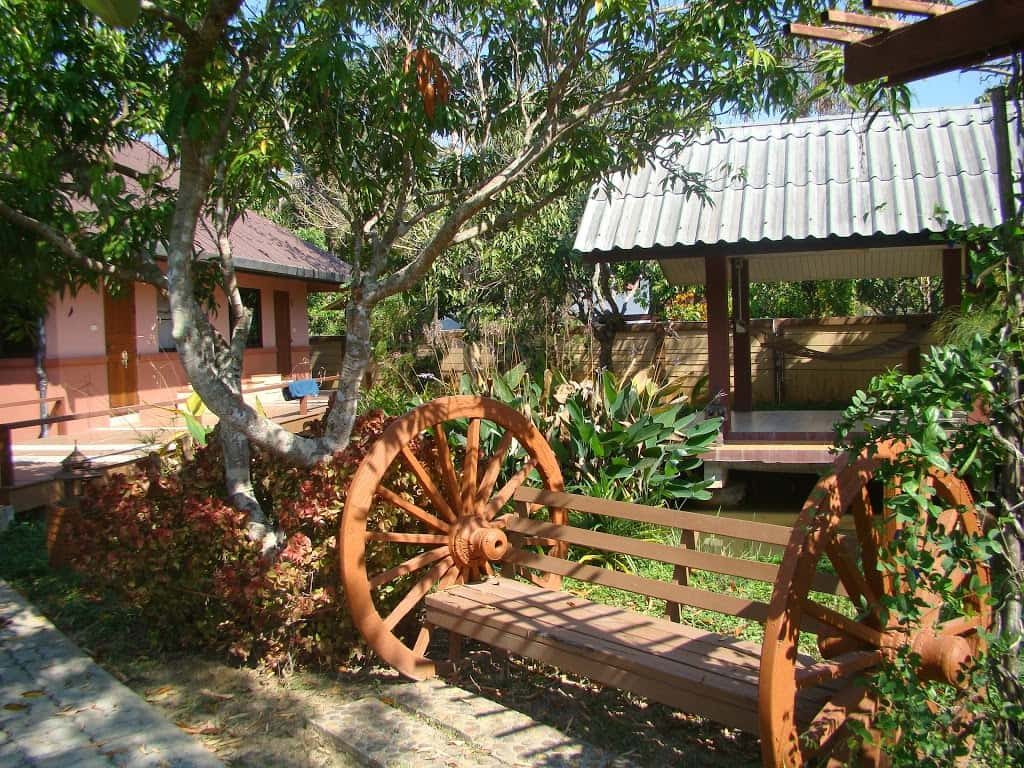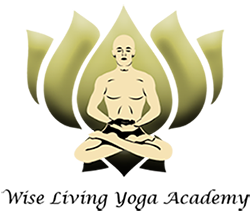
24 Feb Yoga Relaxation in Everyday Life
During the relaxation session, students perform a sequence of asanas. The main ones are Nishpandabhava (No Movement Feeling), Dradhasana (Firm Pose), and Shavasana (Corpse Pose). In Nishpandabhava, students recline against a wall with feet comfortably apart and hands loose on their thighs. They then direct their attention to sounds around them but without any reaction or judgment. They remain passive and motionless, thereby promoting introspection and countering anxiety and the need to control their surroundings.
In Dradhasana, students lie on one side using the arm on the same side as a pillow and draping the other arm on top of their bodies. When done on the right hand side, this pose aids the natural flow of the digestive process and is especially great after a meal. Students relax in this pose before rolling over onto their backs for Shavasana. The leader guides them to focus on different parts of the body, starting with the toes and moving up to the crown of the head: “Give awareness to your toes, and relax them” and so on.
Asanas for relaxation help practitioners let go physically, mentally, and emotionally. They become aware of body parts that may be neglected or hold too much tension throughout the day and then consciously relax them. Practitioners are encouraged to practice relaxation at home or even in workplaces, and start to notice positive changes in their energy levels and mood.
Stay tune for more information on Yoga philosophy and practices! Namaste!
WLYA Team


No Comments